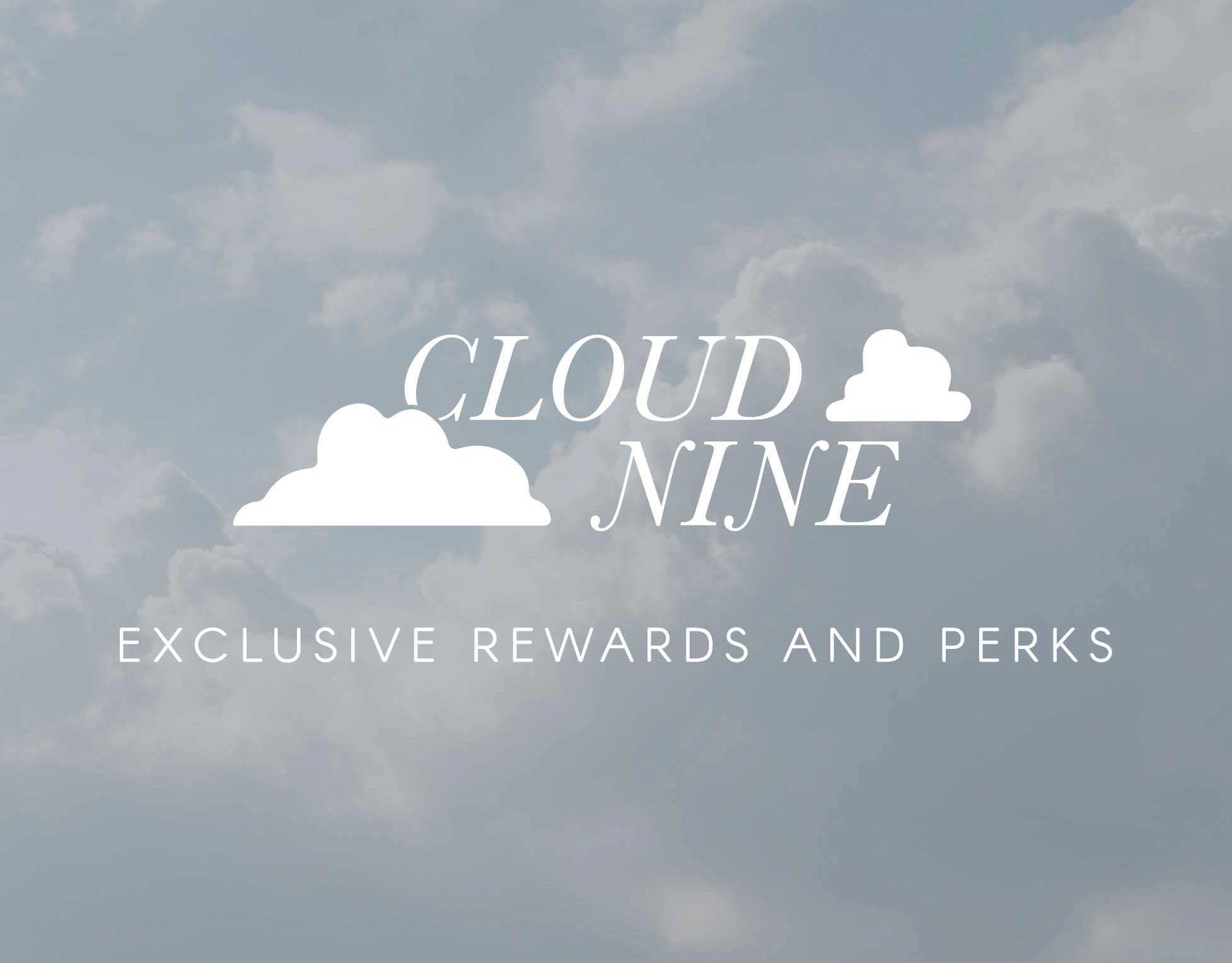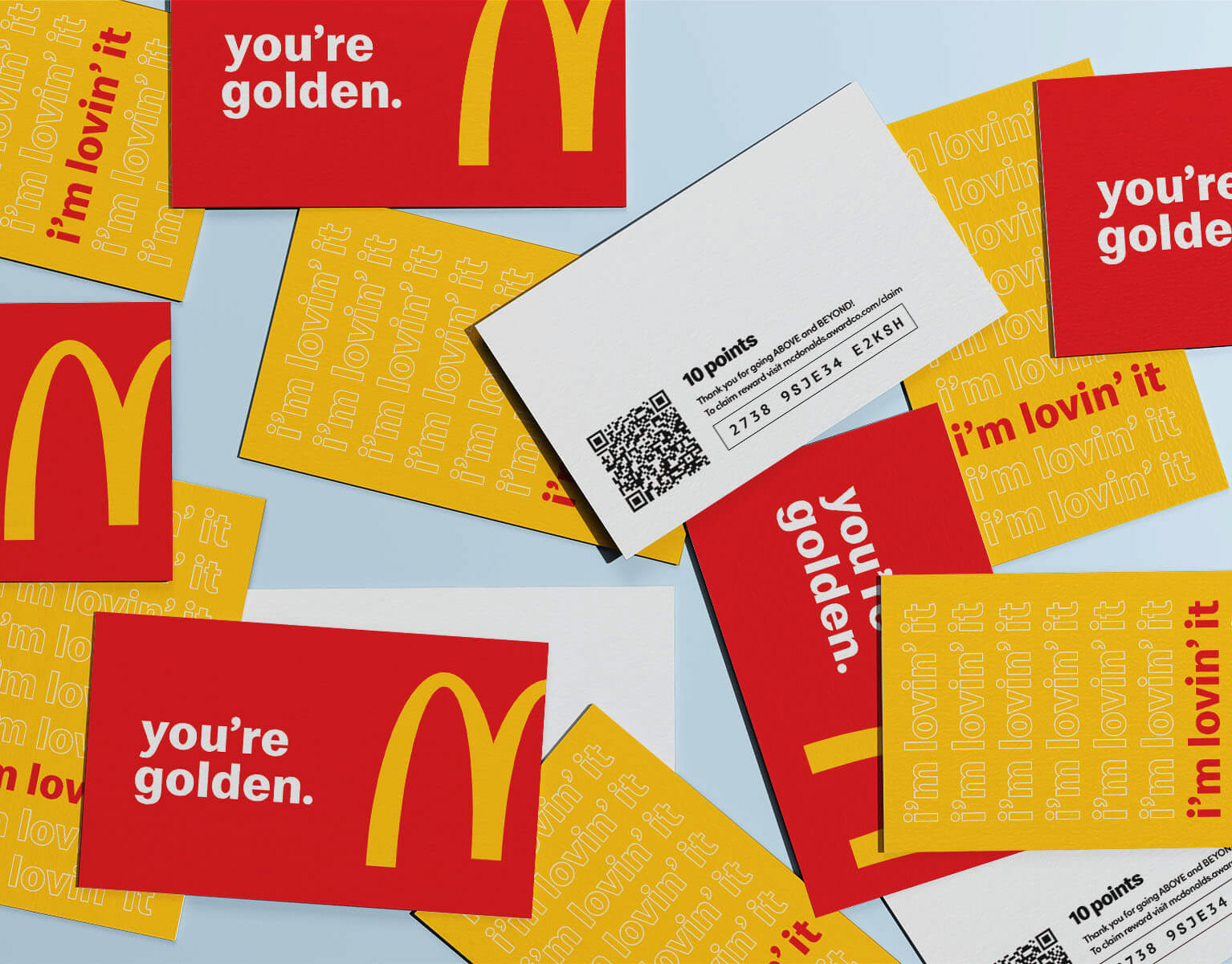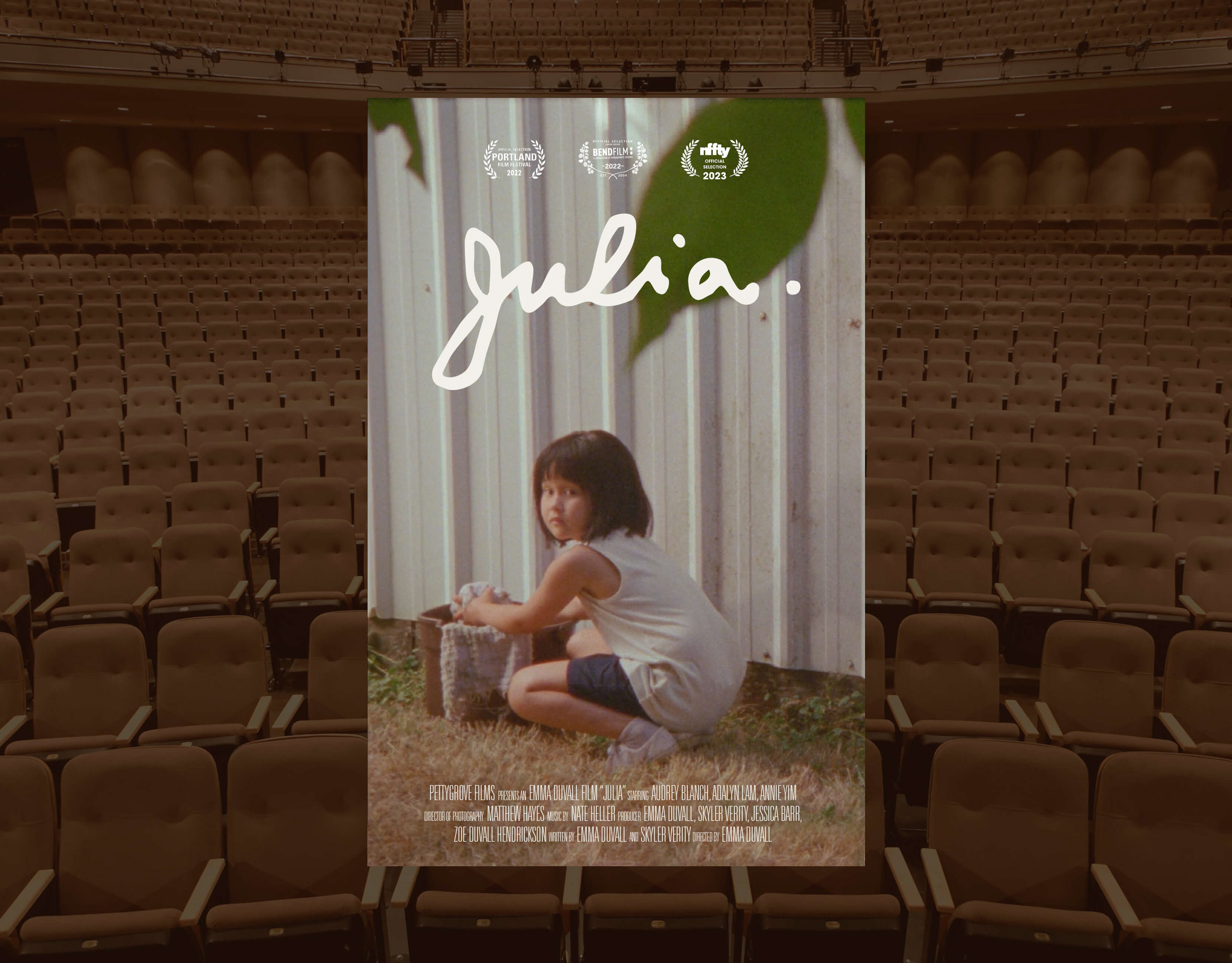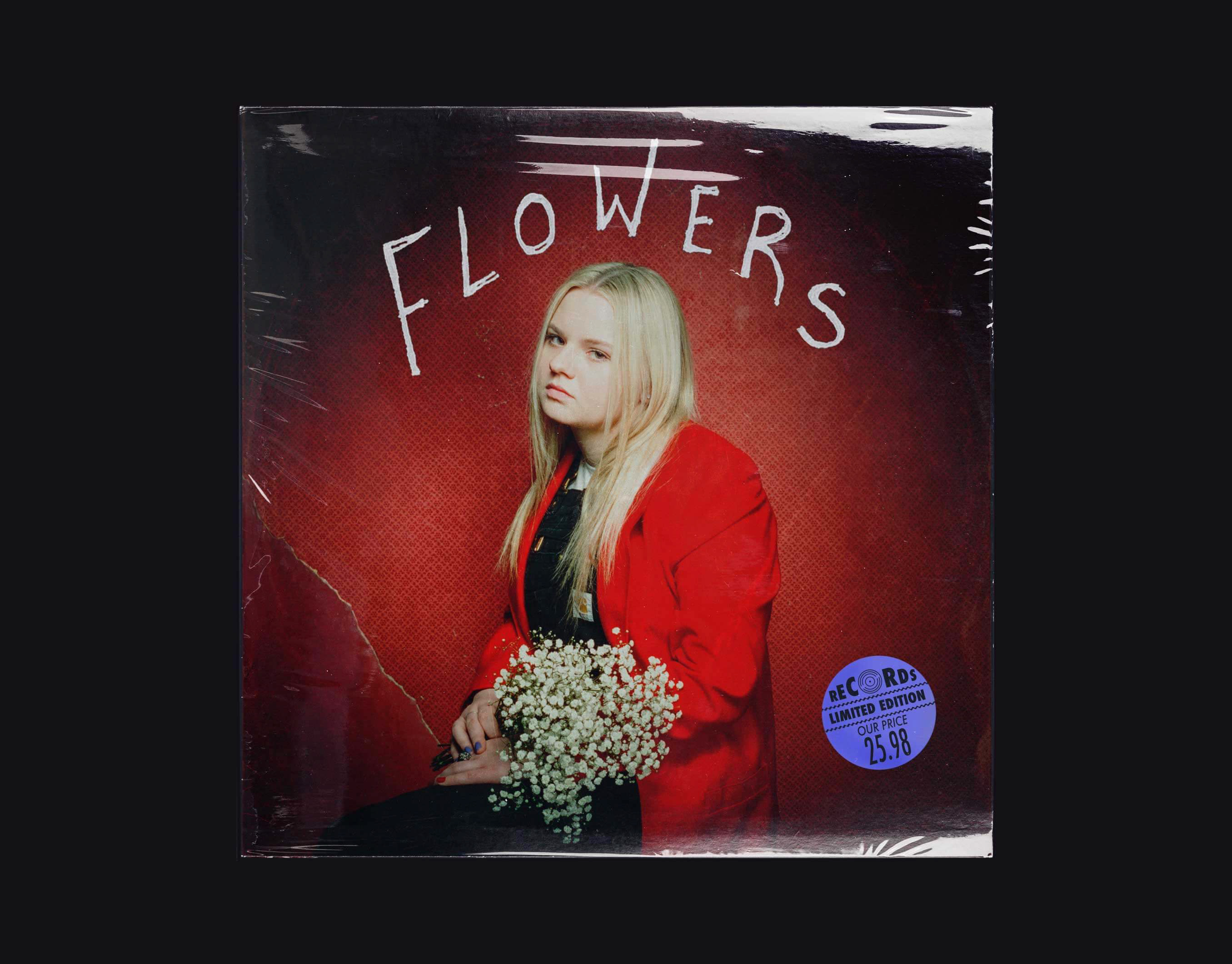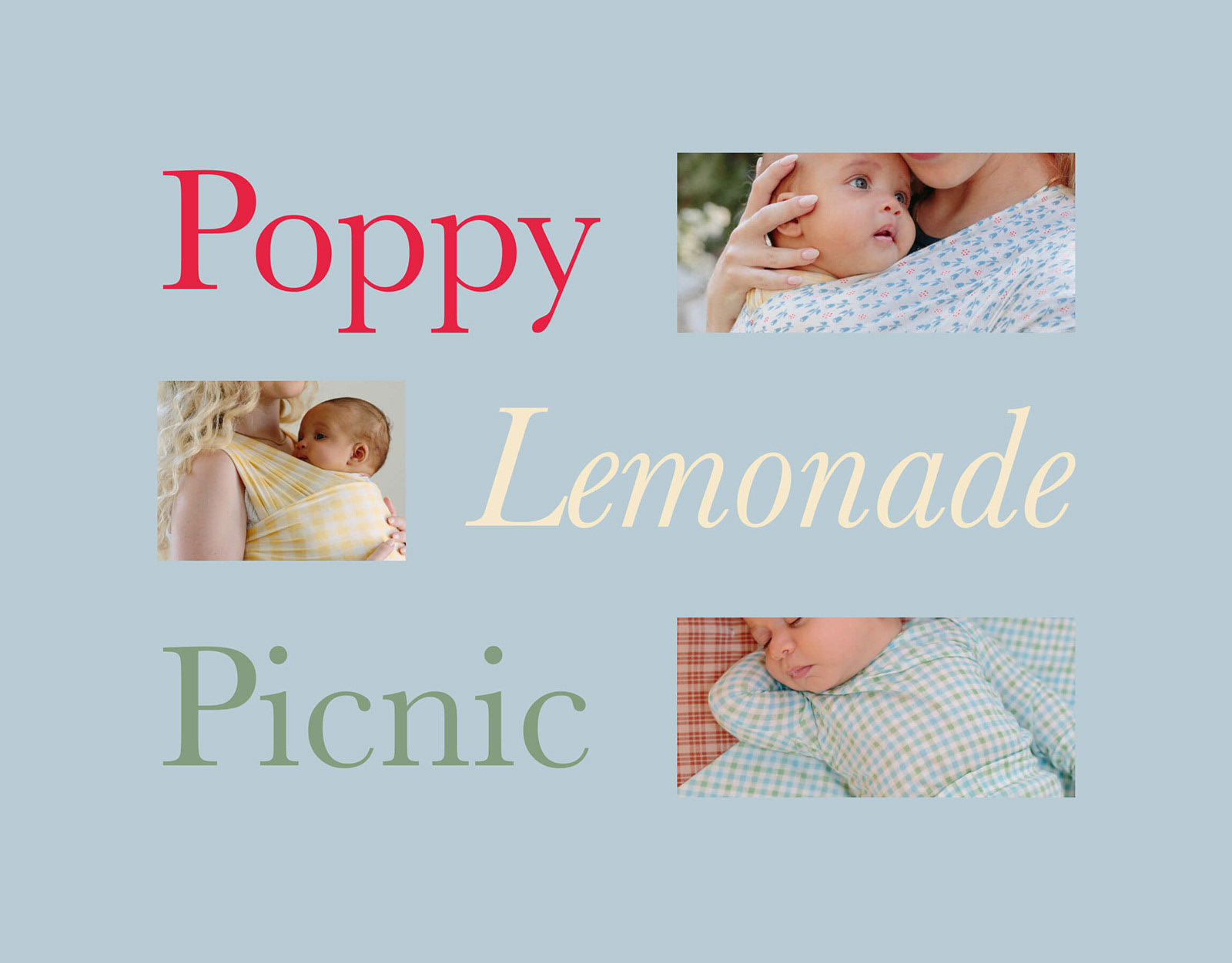UX Design
Context
41% of American adults have some type of dietary restriction. Whether it is related to health concerns or simply a lifestyle choice, Americans are becoming increasingly aware of what they are consuming.
Objective
How might we help people with dietary restrictions and other health-conscious people know exactly what’s in their food, feel more confident with their food consumption, and aid them in their health journey?
Scope & Constraints
I worked as the sole designer with the stakeholder to produce a proof of concept to present to investors. We had a tight deadline and a small budget. I was given an app concept and worked with the stakeholder to develop features and a prototype.
Our goal was to prove not only the utility of the app for users, but also the opportunities for monetizing the app.
Process
Because of the time and budget constraints, our research was limited. First, I looked at what similar apps were already on the market. I did a SWOT analysis of our main competitor, Open Food Facts (see analysis below). In my research I found an app called Think Dirty, that functions similarly but for the beauty industry. We really liked the user experience of the Think Dirty app and referenced that throughout our process.
We then created user personas to understand the needs of users. Had time permitted, I would have conducted surveys in early stages to better understand real users. With our user personas in mind, I built out a user flow and revised that flow as I created wireframes.
I presented the wireframes to the stakeholder, and after a few rounds of revisions, I built a prototype. I focused on the user journey of each persona to showcase how 4 individuals with unique needs, could all find solutions with our app. Each user journey highlighted different features to showcase the range of the app to investors.
We then created user personas to understand the needs of users. Had time permitted, I would have conducted surveys in early stages to better understand real users. With our user personas in mind, I built out a user flow and revised that flow as I created wireframes.
I presented the wireframes to the stakeholder, and after a few rounds of revisions, I built a prototype. I focused on the user journey of each persona to showcase how 4 individuals with unique needs, could all find solutions with our app. Each user journey highlighted different features to showcase the range of the app to investors.
Competition
Open Food Facts gives users access to an open source database of nutrition facts. Users can scan a barcode or search an item to find out nutritional facts about their food, as well as add information to the database.
Open Food Facts has the ease of scanning a barcode to find nutritional information, but that’s where the utility ends. There are opportunities to make it more personalized based on the user’s diet so it adds more value to users. There are opportunities to monetize the app (affiliate links, ads, etc.) so that more resources can be used to ensure quality information. Overall experience and interface can be improved.
Open Food Facts has the ease of scanning a barcode to find nutritional information, but that’s where the utility ends. There are opportunities to make it more personalized based on the user’s diet so it adds more value to users. There are opportunities to monetize the app (affiliate links, ads, etc.) so that more resources can be used to ensure quality information. Overall experience and interface can be improved.
SWOT Analysis
Strengths: Large database of 1.4 million products from around the world, ease of scanning a barcode, and insightful nutrition breakdown (Nutri-Score).
Weaknesses: Only 175,000 products in the US, clunky and cluttered interface, lack of hierarchy, inconsistent product details, bad user-uploaded photos.
Opportunities: Customization based on diet, personalized suggestions, detailed ingredient information, product ratings by users, saved products and lists, social feature to share lists, links to purchase products.
Threats: Scanning technology built into mobile phones is increasingly more effective and might lead users to the same information without the app.
Weaknesses: Only 175,000 products in the US, clunky and cluttered interface, lack of hierarchy, inconsistent product details, bad user-uploaded photos.
Opportunities: Customization based on diet, personalized suggestions, detailed ingredient information, product ratings by users, saved products and lists, social feature to share lists, links to purchase products.
Threats: Scanning technology built into mobile phones is increasingly more effective and might lead users to the same information without the app.
User Personas
User Flow
Wireframes
Prototype
Outcomes
We were successful in our goal to create a proof of concept for the app. Although we didn’t explore every opportunity or use case, we strongly showcased the utility of the app to a wide range of users with unique needs while highlighting the opportunities to monetize with affiliate links and ads.
If we were to pursue developing the app, I would put the prototypes in front of real users and observe. This would help us understand where the functionality could improve and unlock more user needs that we weren’t aware of.
